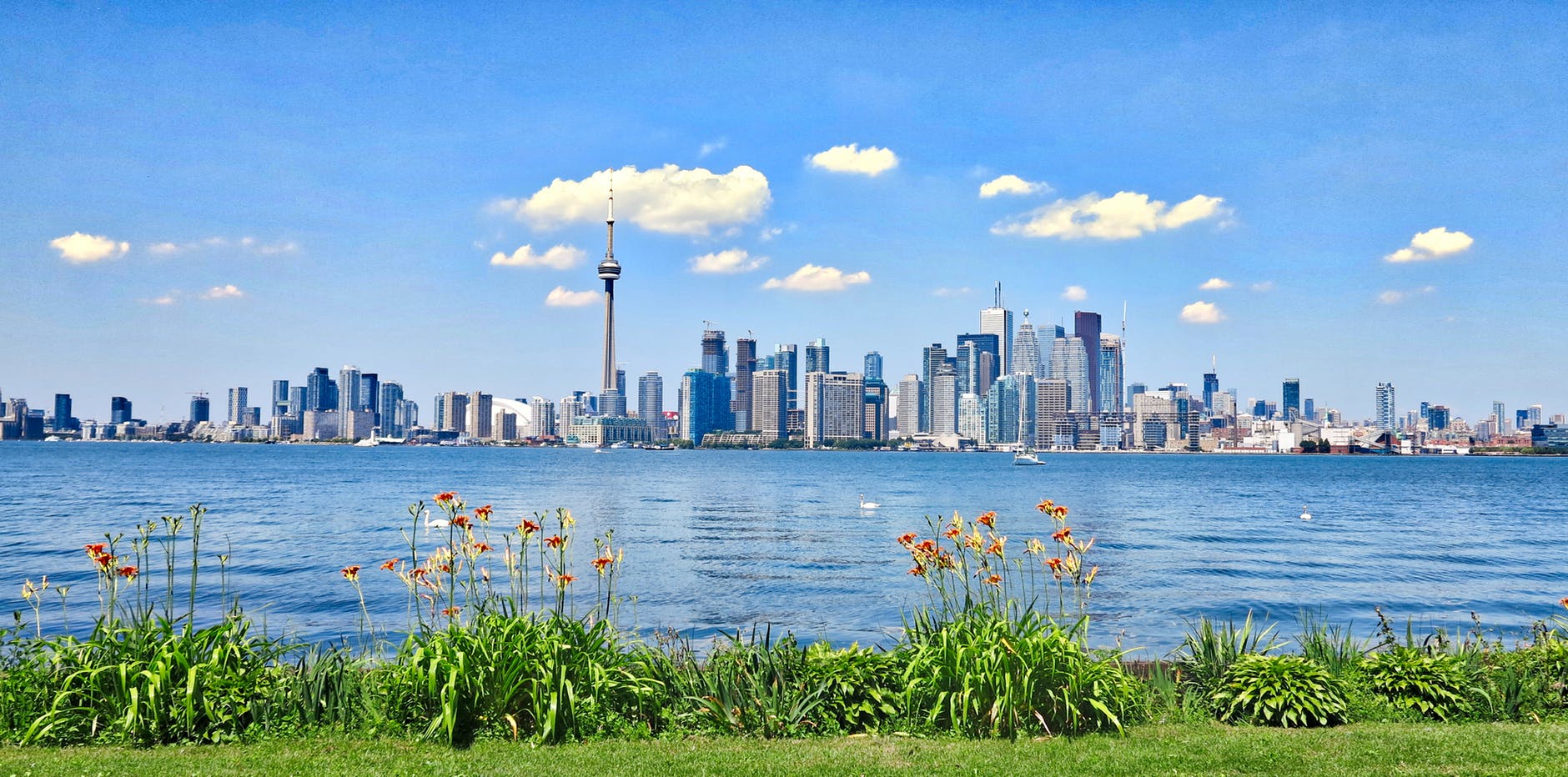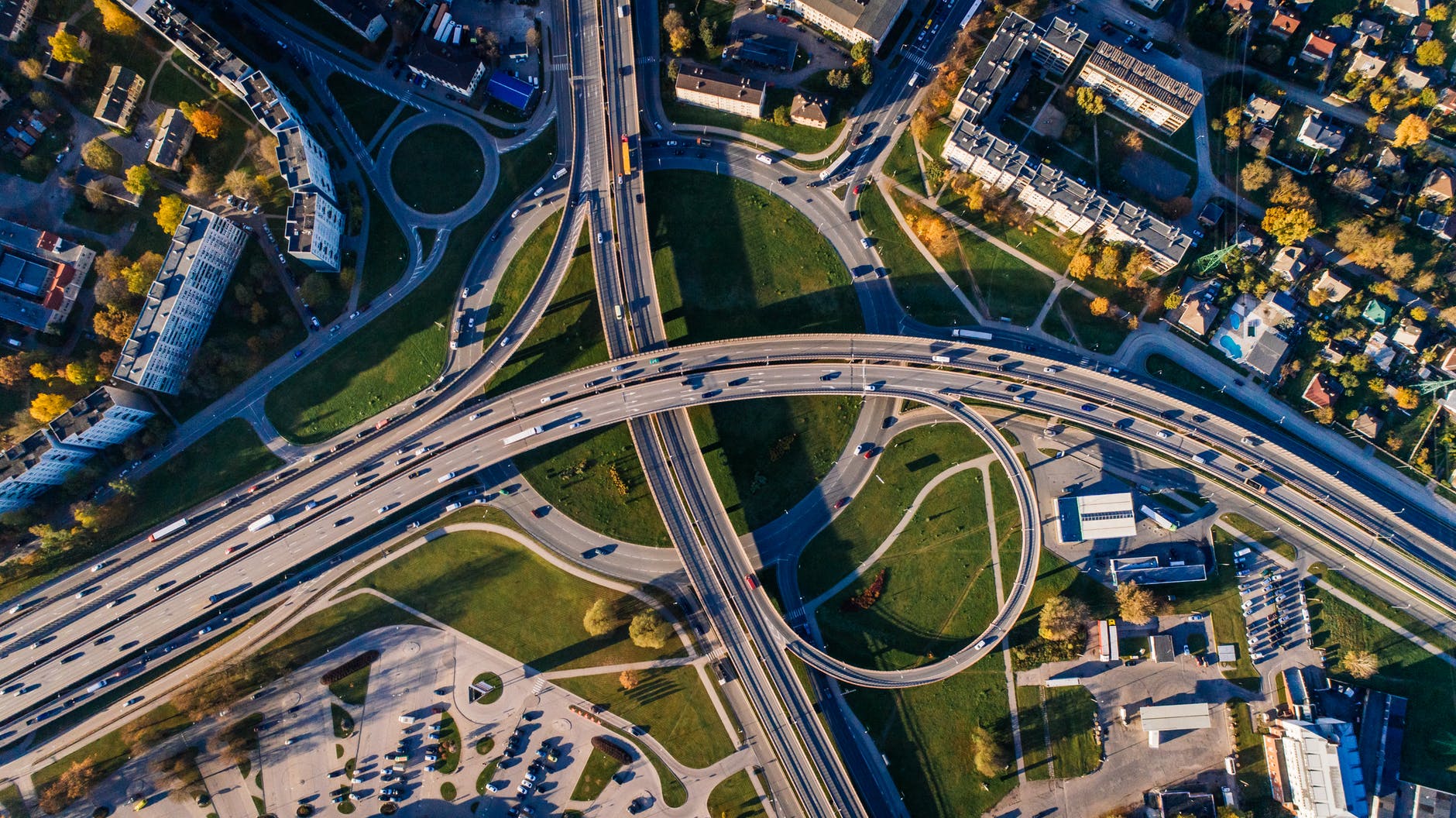NYC Youth Taking the Reins of Civics, Culture and Community
This generation and the next have large shoes to fill–and extra work to do–when it comes to maintaining the culture, history, and integrity of cities like New York. As time goes by, any community’s essence can be eroded if it isn’t preserved and enhanced. That doesn’t seem to be the case in New York City, where public initiatives, institutions, and charity projects are encouraging young people to take an active interest in their communities.
It takes a passion for civic engagement, culture, and history to ensure a brighter future and a remembered past. It can be a challenge to light such ambitions in young people, and while many older millennials are already on board, teenagers remain especially difficult to reach.
Getting young people involved and dedicated to their city early on is key. Luckily, it seems we’re already nurturing an active and informed youth that will eventually take the reigns when it comes to the betterment of NYC.
Civic engagement
When we think of who is involved on community boards, it’s often an older crowd that comes to mind, and for good reason—one community board in the Bronx, for example, is comprised half of members over age 50. Recently there has been a push for diversity on NYC community boards, and a bill passed to bring down the age limit to 16. Since this bill, five 16- and 17-year olds were appointed in the Bronx, six in Manhattan, and eight in Brooklyn.
Teens bring a unique perspective to the table when it comes to community betterment. They have insight into issues older board members may not, and can bring fresh solutions to the table as well. The hope is that such involvement will not only add depth to the boards, but kickstart young careers in public service.
The problem is that while young people are idealistic and want to change the world, few want to do so through public service. Young people are disenchanted by the political system, and it’s not hard to see why given today’s political climate. Polarization is rampant and hostility high during an election between two historically disliked candidates. Local politics may be slightly better, but numbers indicate that youth would prefer to get involved elsewhere.
We’ll see if the encouragement of groups like Generation Citizen will empower more students to become engaged and effective citizens with bright futures in the political realm.
Cultural institutions
Beyond politics, young people developing interest in cultural institutions will help keep art and culture in New York City at the forefront of its evolution. As the cultural capital of the country, New York City is defined by its many museums and cultural hubs.
In September, The New York City Department of Cultural Affairs began an initiative to improve the involvement and diversity at the city’s cultural institutions by financing paid internships for students. Many of these kids will be lower-income or minority students, adding even greater sense of diversity into the equation. According to Cultural Affairs commissioner, Tom Finkelpearl, “The idea is not to just expose people in the short term, but encourage the institutions to stay in touch with these young people, foster their growth, and maybe hire them in the long run.”
Cultural institutions and periphery organizations and businesses have been doing their part to get young people involved as well. For example, the National AfterSchool Association partnered with 19 institutions across all five boroughs to sponsor experiential, educational events through a program called Adventures in Innovation. Activities that stimulate curiosity in young minds are good for the future of these institutions and the youth they inspire.
Museums like the Guggenheim are also increasingly courting the Millennial generation as future trustees and donors. By hosting events like the Young Collectors Party, cultural institutions can get young people involved early in a path toward board membership. Says Ford W. Bell, president of the American Alliance of Museums, “The generational shift is something a lot of museums are talking about….The traditional donors are either dying, stepping back or turning it over to their children or grandchildren.”
Charities & Volunteering
Lastly, cities like New York will always thrive when its citizens, old and young, involve themselves in charity work. Unfortunately, volunteering rates have been dropping over the years and it’s not clear exactly why.
There are several hypotheses on white might be keeping younger generations from charity work. For one, youth are often financially constrained, which would certainly hold them back from making donations. This is especially true in NYC where cost of living and education high. Secondly, technology and social media have become the new normal, potentially rendering in-person volunteering obsolete and uncomfortable.
How do we overcome these potential issues? Charity has changed, becoming increasingly mobile, so nonprofits that can make digital donations easy will have better luck reaching Millennials. Programs that provide educational and career incentives for volunteer work are also key.
Because younger generations are idealists, they want their contributions to count. As a result, nonprofits are courting young startups, many of which are run by millennials, with partnerships. In New York City, businesses that align themselves with causes attract young talent, allowing young people “give back” in a way that doesn’t interfere with busy work schedules.
All things considered, it appears that New York City’s youth have the ability to step up with the help of some great initiatives. It’s clear that New Yorkers of every generation love their city and want to see it thrive beyond our time–if we all work together to preserve and enhance our communities, there is no doubt NYC will continue to be as rich in culture as it is influential and unique. But youngsters, take note: the city won’t maintain itself.




